While luxury candle enthusiasts love the calming, meditative, and uplifting experiences that come with lighting our favorite high-quality candles, many of us don’t know much about what goes into creating these sumptuous items. Unless you’re a chemist or chandler (the fancy word for a candle maker) yourself, chances are pretty good that you only know that basics of crafting candles, and little about the artistry that goes into making luxury candles.
In this article, we delve into the process of creating our favorite candles, from choosing the perfect materials to deciding on a beautiful scent. After learning about this process, I feel like I have an even greater appreciation for my favorite candles.
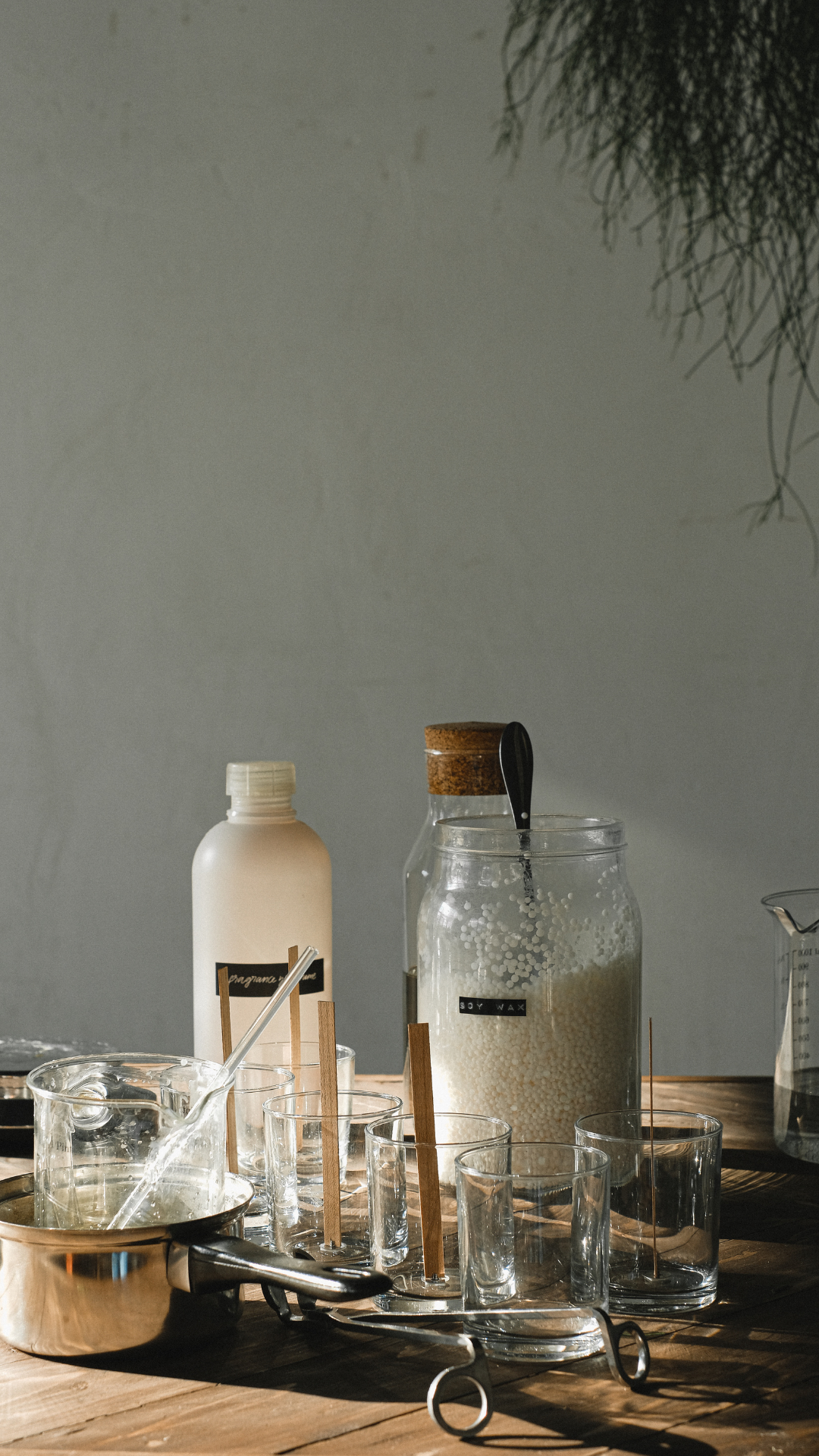
Which Wick?
One of the first choices that comes with candle making is deciding which wick to combine with a desired scent and color. While historic chandlers generally utilized cloth fibers, such as cotton, hemp, or flax, contemporary luxury candle makers can use materials as far ranging as wood, paper filament, zinc, and the classic braided cotton. The adventurous chandler might decide to add two or even three or more wicks.
Different materials for waxes can mean different scent notes when the candles are burned, meaning that most chandlers end up experimenting with a wide array of wicks before deciding on the perfect one.

Choosing the Wax Type
While each type of wax offers its own unique benefits, I’ve noticed that the most common wax types for my favorite candles include paraffin or paraffin mixtures, palm or coconut oil, beeswax, and soy. Chandlers must decide between costlier waxes that may be difficult to blend (beeswax), inexpensive but sooty waxes (paraffin), and earth-friendlier waxes with less consistency (soy).
Because each pure wax type has its own specific difficulties and advantages, luxury candle makers often create wax mixtures, finding a nice balance in the blend of two or more wax varieties.

Deciding on the Scent
Unless a candle is left naturally scented by its wax choice (bayberry, beeswax, and some soy waxes), the scent of a luxury candle comes from a combination of fragrant oils that have been balanced to create each one of your favorite signature scents. While a wide range of these oils exists, most luxury candle brands work with essential oils, which are naturally distilled from the plants whose smells they embody.
The chandler must decide on a variety of factors in order to determine a candle’s ultimate scent, from whether it should be woodsy, fresh, or floral, to what scent should form the top/head, middle/heart, and bottom/base notes.
While a candle may just smell like citrus to our less trained noses, a chandler may note the hints of ginger and ylang ylang that make the scent unique!

Combining the Ingredients
The chosen fragrances are then added to the wax, with the ratio of wax to oil changing depending on the chandler’s preference and materials. To add these elements, the wax must be melted down and then, after the fragrances are added, cooled. After the candle has been chilled to the ideal temperature for the candle’s size, it is then placed into a mold/vessel. Once the candle is cooled to room temperature, the candle is done! All that’s left is coming up with the perfect name. The candle is now ready to make its way into our homes.
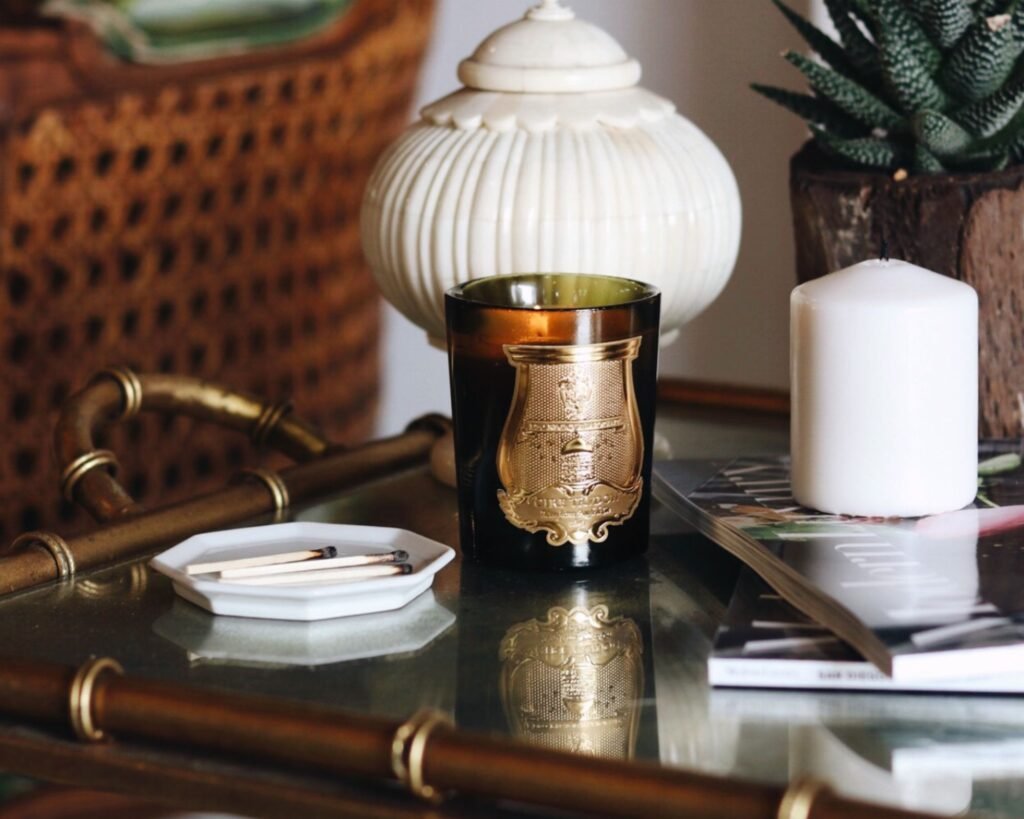
Happy burning! 🙂


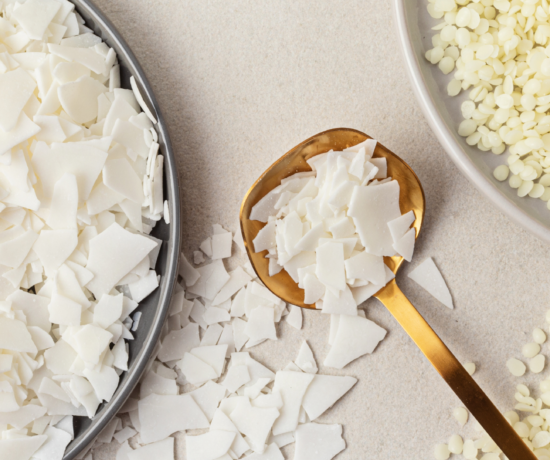
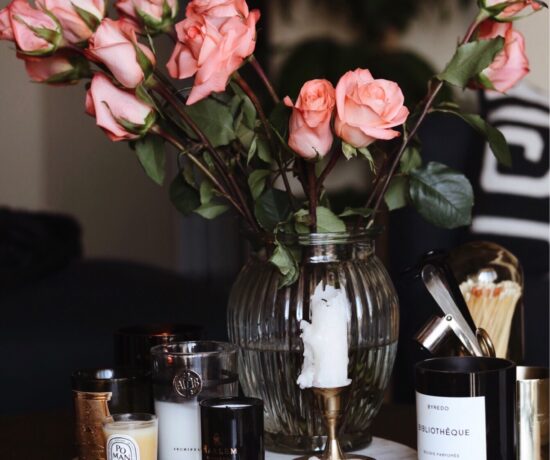
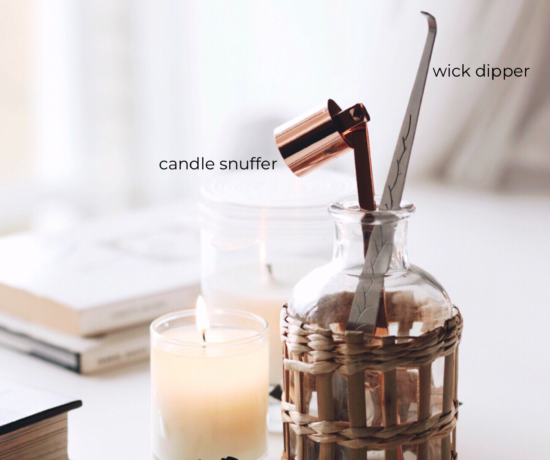
No Comments